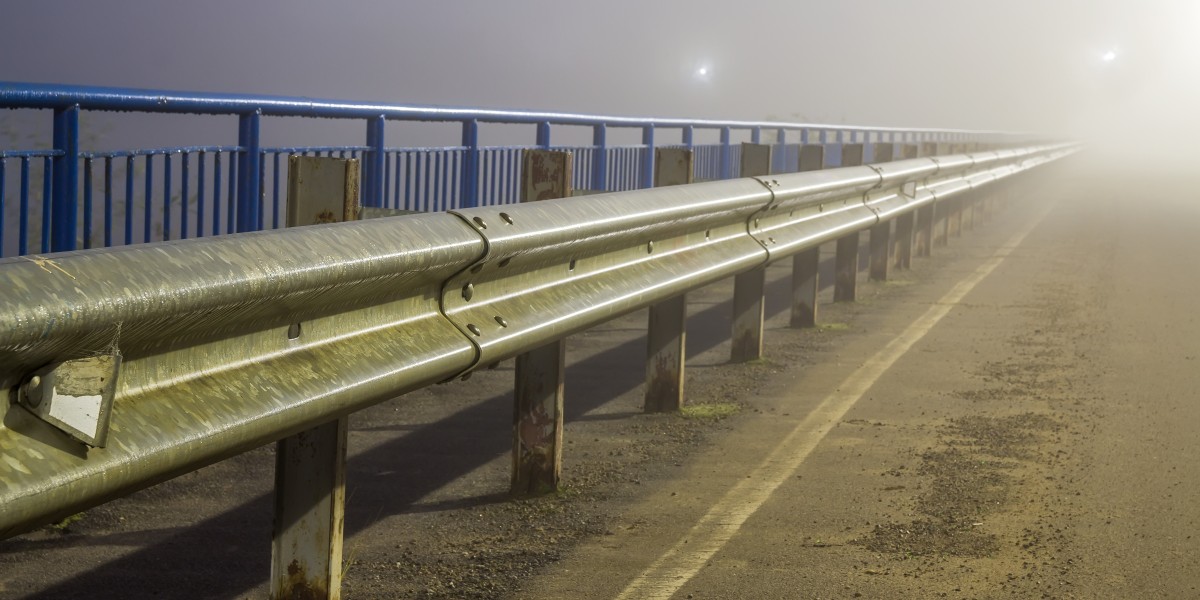By Crash Barriers India – helping make roads safer, one barrier at a time
Crash Barriers in India – What You Should Know
Crash barriers are one of the most important road safety tools used across India, but honestly, they don’t get talked about enough. You’ve probably seen them on highways, flyovers, near curves, or at construction sites, those steel or concrete barriers along the edges or in the middle of roads.
Their job is simple to reduce damage when accidents happen. They slow down or stop vehicles from going off the road or into the opposite lane. And in many cases, they prevent major injuries or worse.
There are different types of barriers used depending on the location, speed of vehicles, and type of road. If you’re someone involved in road work, infrastructure, safety planning, or just curious, this list will help you understand which barriers work best and where.
Let’s look at the top 7 crash barriers that are commonly used across India and why each one matters.
1. W-Beam Barrier – The One You See Everywhere
These are the basic ones. You’ll find them all over Indian highways.
They resemble a W when viewed from the side. That shape helps absorb the shock when a car hits it.
Why they’re good:
- Affordable
- Easy to install
- Works well for regular traffic roads
They might bend on impact, but they stop vehicles from going over the edge — and that’s what really matters.
2. Thrie-Beam – The Stronger Version
This is like a stronger version of the W-beam. It has more steel, and more surface coverage, making it ideal for high-speed roads or areas with heavy vehicles.
Where it’s used:
- Expressways
- Curved sections of highways
- Industrial and logistics zones
Yes, it costs more, but it offers more protection, especially when big trucks are involved.
3. Wire Rope Barrier – Flexible but Strong
At first glance, this one might look too light. It’s just metal ropes held on poles. But it’s designed to give a little during impact, which helps slow down vehicles and guide them back onto the road.
Best suited for:
- Highway medians
- Long stretches where people might doze off
- Roads with limited space for hard barriers
These don’t bounce vehicles back into traffic, which actually makes them safer in many cases.
4. Concrete Barriers – Solid and Unmoving
These are heavy-duty barriers, used where nothing else will do. They don’t move, bend, or flex they simply stop the vehicle in its tracks.
Ideal for:
- Flyovers
- Mountain roads
- Construction zones
They’re tough on vehicles but great at preventing serious accidents in high-risk zones.
5. Median Barriers – To Stop Wrong-Side Driving
Median barriers are installed between two sides of a road to prevent vehicles from crossing over into the opposite lane — something that’s a common and dangerous habit on Indian roads.
You’ll see them:
- On highways with opposing lanes
- On city flyovers
- Near U-turn prone areas
They’re made from different materials depending on the location and budget - steel, concrete, or rope. But the goal is always the same: keep directions separated.
6. End Terminals – A Small Detail That Matters
Not many people notice this, but the beginning and end of a crash barrier need protection too. That’s where end terminals come in.
They’re designed to:
- Absorb the initial hit
- Prevent vehicles from getting pierced by sharp steel edges
- Give a safe finish to the system
Skipping end terminals is a serious mistake and makes even the best barriers risky.
7. Water-Filled Barriers – Smart for Temporary Setups
These are often seen at roadwork zones, events, and city diversions. They’re big plastic blocks that get filled with water or sand for stability.
Why they work?
- Lightweight when empty, so easy to move
- Safer on impact than concrete or steel
- Great for short-term or movable safety needs
Not meant for highways, but ideal for cities, tolls, and temporary detours.
Where Crash Barriers India Comes In
Choosing the right crash barrier isn’t just about picking one from a catalog. You need to consider:
- What kind of road is it
- Traffic speed and volume
- The chances of accidents
- Space availability and environment
At Crash Barriers India, we help with all of this.
We offer:
- Barrier planning based on real risks
- Products that meet Indian safety standards (IRC, MORTH, and more)
- Full support from consultation to supply and setup
We’ve helped on national highways, private township roads, factory zones, and more. And we don’t push for the expensive stuff — we recommend what’s right.
Final Thoughts – Good Barriers Save Lives
Road safety in India is improving, but there's still a long way to go. One of the most practical, proven tools we have? Crash barriers.
They don’t just protect cars — they protect families. Workers. Every day people.
So if you're building a road, working on a new project, or just want to learn more, don’t leave safety to chance.
Let Crash Barriers India help you choose smarter, safer road solutions.








